The Pemones are an Amazonian indigenous group located in the Guiana Massif of Venezuela, in the southeastern part of Bolivar State, where Canaima National Park and the Gran Sabana are located. Among their characteristics, it is worth mentioning that these aborigines speak several dialects.
Pemón Territory
The Pemón territory is located in the Gran Sabana, Piar, Raúl Leoni and Sifontes municipalities of Bolívar State, in the Venezuelan Amazon and border region with Brazil (Roraima State) and Guyana (Petróleos de Venezuela, S.A., n.d.).
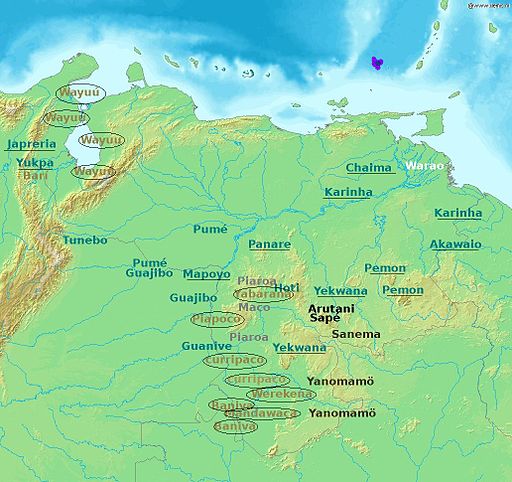
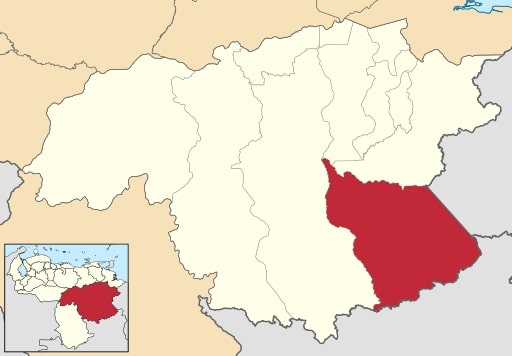
The Pemones: “People” of various dialects
The language of the Pemón people belongs to the Caribbean linguistic family, which has three mutually understandable dialectal variants, spoken by approximately thirty thousand people. According to PDVSA (n.d.), the word Pemón can be translated as “people” or “person”, being used to group mainly three ethnic groups, taking into account their dialectical differences: Taurepan (located to the south in the east-west direction of the Maurak River), Arekuna (on the banks of the Aponwao river) and Kamarakotowhich some consider a separate language (in the northwestern region and lower Caroní).
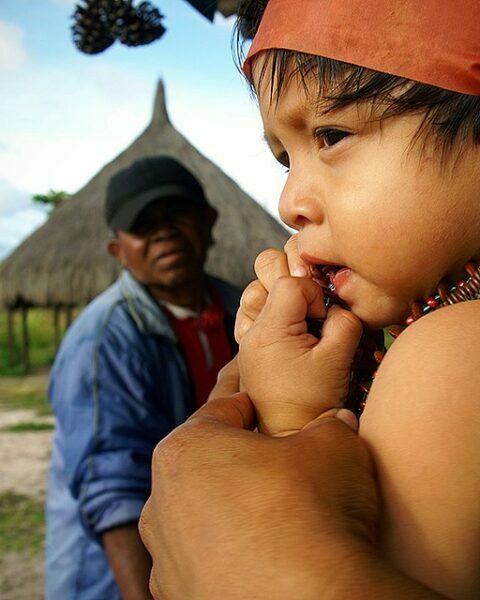
Cosmovision
From the Pemón perspective, initially all beings were persons protected by a potorí or creator. As in other Amerindian communities, their worldview is based on the interdependent mythology-human-nature relationships, considering as enek to jungle beings – enemies of man – such as wild animals and fantastic beings, such as: rato, piaimá, orodán, mawari, amarikaw, amayikok, embatapiyu, anwona, taputapuka, oköyimü, aravenanko and awoineripue (Tovar and González, 2012).
Based on their beliefs, the Pemones consider that all living beings have souls and that the enek dwell in the jungle as well as in the tepuis. In this sense, according to Briceño (2017), the tepuis or mountains with flat summits and vertical ravines of the Venezuelan Amazon are considered sacred places, as the mawari or spirits of the dead dwell there.
Likewise, if we understand the cultural identity of the Pemones as the belief system, a way of feeling, understanding and acting on the world through shared ways of life framed in their mythology and cosmovision, it can be said that from the cultural point of view this Amazonian indigenous people shows a cohesion that is evidenced in the exercise of shamanic songs or tarén, which are used as a “counter” or response to the healing of some natural or supernatural phenomenon; thus, shamans are the ones called to cure diseases based on ancestral wisdom and knowledge, as well as traditional medicine (Tovar and González, 2012).
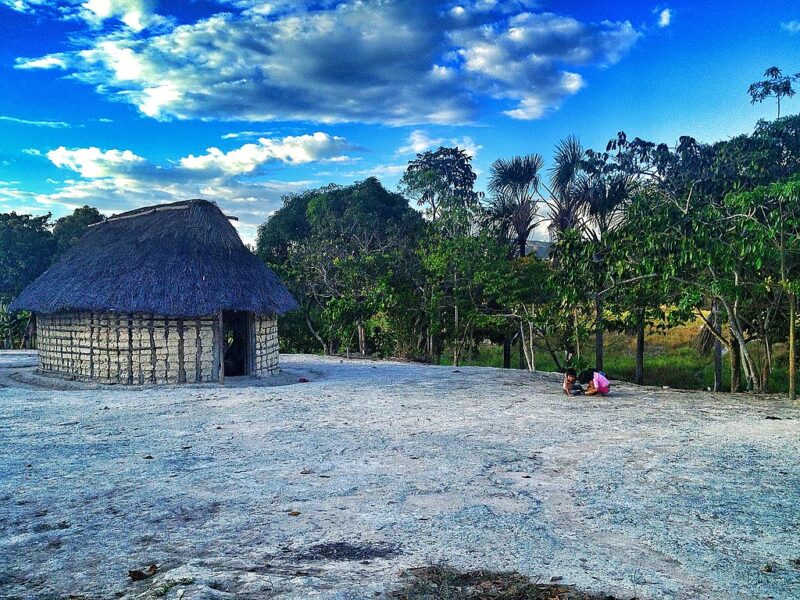
Social organization
The Pemones are grouped into villages and there are currently eight settlements: La Paragua, Kamarata, Urimán, Kuyuní, Yuruaní-Kavanayén, Santa Elena, Ikabarú and Wonkén. The basic unit of the Pemon’s social organization is the family, in which the members have blood ties (Indigenous Peoples, 2022).
Traditional housing is built by these Indians, the most typical being the maloca or “maloca”. waipáwhich is a round house with a rammed earth floor, mud walls and a palm and thatch roof, with one or two entrance doors and few windows; they also live in churuatas (PDVSA, n.d.).
Marriage: the hammock at the man’s in-laws’ house
Although polygamy is permitted, most relationships between Pemon couples are based on monogamy. There is no marriage celebration and the relationship is made public when the groom takes his hammock to the house of the in-laws, serving the bride for one or two years; this entails a subordinate relationship of the son-in-law with respect to the wife’s parents; generally the newlywed couple are blood cousins and take up residence in the house of the husband’s in-laws (Pueblos indígenas, 2022).
External influences
The mythical tradition of this indigenous people is still alive, despite the fact that their culture has been merged with Catholic or Christian beliefs today. According to Londoño (2019), the main external influences on the Pemón community have been the Capuchin missions in Kavanayen, Kamarata, Uonken, Uriman and Santa Elena; as well as the Adventist missions in Yuruani, Apoipo, Morokmeru and Maurak. Diamond mining in the area has also had a strong economic and social influence, particularly since the mid-1940s.
Subsistence economy
The traditional economic activities of the Pemón indigenous people are based on slash-and-burn agriculture, hunting, fishing and gathering. The main crop grown for self-consumption is bitter and sweet cassava, as well as sweet potatoes, ocumo, yams, plantains, corn, chili peppers, mapuey, among others. They also grow cotton, which is used to make clothing and hammocks.
On the other hand, the Pemones make handicrafts such as clay pots, pots, budars, ceramics, baskets of palm and liana fibers, canoes, oars, bows, woven hammocks, baby carriers, necklaces, etc., being a source of monetary income at present, along with work in the mines and missions.
Clothing
Traditionally, the men and women of the Pemón indigenous people used to use guayucos made from cotton, although nowadays they only use them for ceremonies and tourism-related activities (Etnias del mundo, n.d.).
However, the original guayuco design has changed. Thus, at present, the Pemón man wears a modern guayuco made up of two rectangular pieces of cloth fastened at the waist to cover his front and back private parts, while the woman belonging to this indigenous ethnic group wears a skirt and a piece that covers the breasts or a long tunic, all of this clothing being red in color.
Also, due to the influence of religious missions and contact with other non-indigenous people, these aborigines have adopted modern clothing such as dresses, skirts, pants and shirts, as well as moriche sandals. Additionally, they adorn their faces and bodies with paintings and necklaces made from seeds such as peony, and also often wear feather crowns (Indigenous Peoples, 2022).
Pemón handicrafts

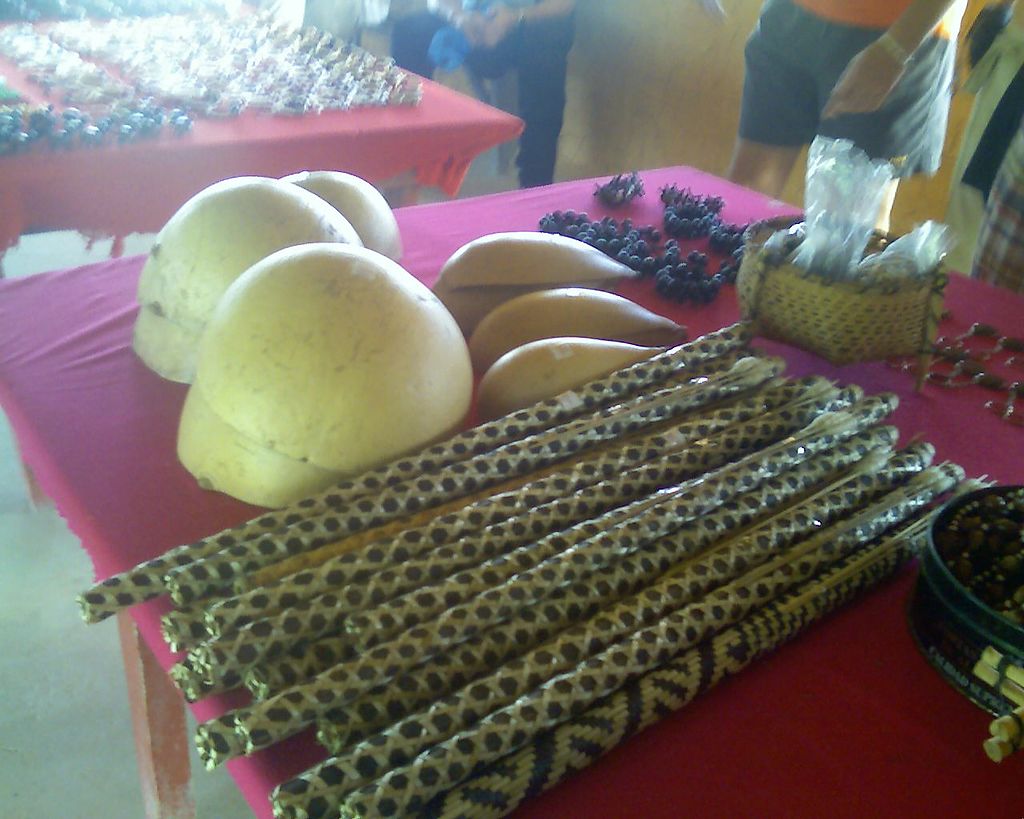
Source: jonathan de Almeida, CC BY-SA 3.0, via Wikimedia Commons
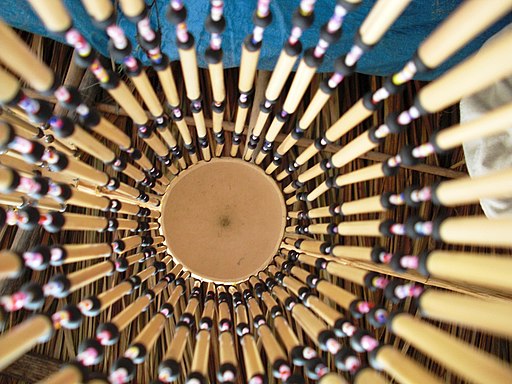
Reference
- Briceño, A. 2017. Gods of America-Natural Pantheon. America, (50), 121-124. Retrieved from https://journals.openedition.org/america/1889.
- Ethnic groups in the world. S.f. Pemones: Origin, location, culture, clothing and much more! Retrieved from https://etniasdelmundo.com/c-venezuela/pemones/.
- Petróleos de Venezuela, PDVSA. S.f. Pemón people. Ecological Bulletin. Serie Indígenas de Venezuela. Retrieved from http://www.pdvsa.com/images/ambiente/Boletin_Pemon.pdf.
- Indigenous peoples. 2022. Pemón People Who are the Pemón of Venezuela? Retrieved from https://pueblosindigenas.es/de-venezuela/pemones/.
- Tovar Zerpa, F.G. and González Ñañez, O. 2012. Nature, body and tarén in the original Pemón society. Revista Derecho y Reforma Agraria, Ambiente y Sociedad, (38), 137-160. Retrieved from http://bdigital.ula.ve/storage/pdf/refor/n38/art07.pdf.
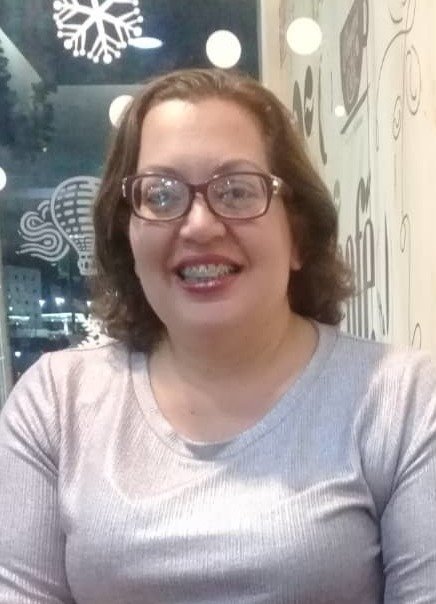
Economist (Central University of Venezuela). Full professor and researcher attached to the “Edgar Abreu Olivo” Agrifood Research Center, Universidad de Los Andes. Doctor from the University of La Laguna (Spain). Award “One of the 10 most consulted authors of the Saber ULA university portal” (2005); prize in the III Essay Contest of the Central Bank of Venezuela BCvoz Economico, 2016, with the work “Theobroma cacao: transformation and consumption of the “food of the gods” in Venezuela and the world” (co-authored).
This post is also available in:
![]() Español (Spanish)
Español (Spanish)
